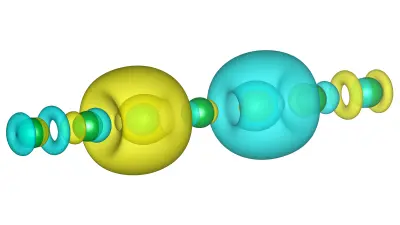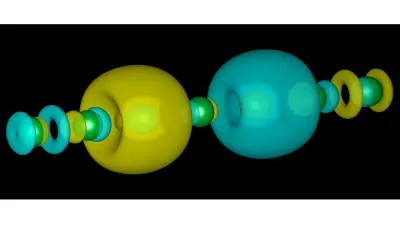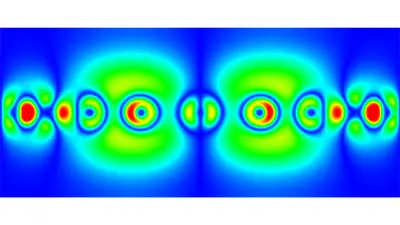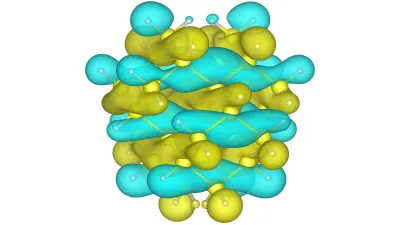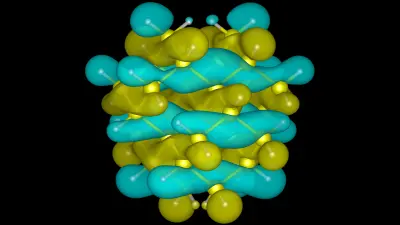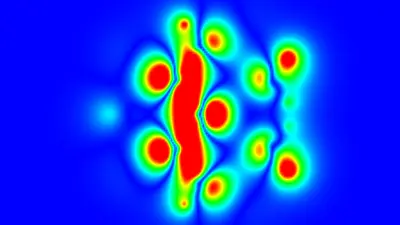How quantum computing can tilt the computational landscape
Bosch Research Blog | Post by Georgy Samsonidze, 2021-02-16
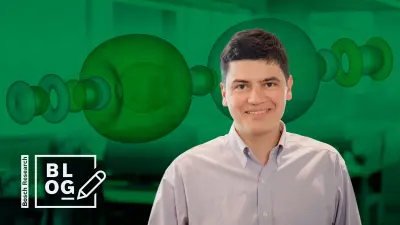
Quantum computing is an early technology that is expected to reach its breakthrough in the supercomputing field in the next ten-plus years. If this expectation is fulfilled, it will transform many technological areas that use computer simulations to supplement experimentation and prototyping.
Simulations accelerate technology development
According to the TOP500 list, the computing power of the world’s fastest supercomputers has been growing more than tenfold every five years over the past three decades. This allows industrial and academic researchers to perform simulations for solving ever-more complex design and optimization problems, and ultimately leads to the development of better products and services. Still, many economically, technologically, and scientifically relevant problems (e.g. computational chemistry, drug design, biological processes, route optimization) remain out of reach for modern and even future supercomputers, assuming the computing power will continue to grow at the present rate. As a result, countless approximate methods have been developed over the years, characterized by various tradeoffs between accuracy and computational cost.
Application areas
Material discovery
Shape optimization for aerodynamics
Electromagnetics
Combustion
Weather forecasting
Artificial Intelligence
Power of exponential scaling
One technology that could potentially disrupt the current trends in the supercomputing field is quantum computing. For a certain class of particular problems, quantum computing offers an exponential speedup in computing power over classical supercomputers. The exponential speedup means that adding just one more qubit (quantum bit) to a quantum computer would double its computing power, whereas one would have to double the system size to achieve the same effect with a classical supercomputer. Quantum technology is still at an early stage of development. The first commercial devices have started to emerge in recent years, capable of performing a few hundred operations with tens of qubits. This early hardware was already sufficient to demonstrate quantum supremacy by solving a specific problem intangible for classical supercomputers. It marked a key milestone for the field, although this particular problem was of little practical interest, and was later shown to be solvable on classical supercomputers using an alternative classical algorithm.
The exact quantum-mechanical description of a relatively basic molecule such as caffeine would require a traditional computer with 10⁴⁸ bits, which is a number as large as about 10% of the amount of atoms in our planet, while a quantum computer would only need about 160 qubits.
Wave function of a qubit in a chain of ions
Dawn of the quantum era
When considering hardware redundancy necessary for error mitigation, quantum computers would need to reach the one-million-qubit level before they become suitable for a wide range of practical applications. This threshold may be reached in ten-plus years, assuming that no unforeseen difficulties arise in the process of scaling up the current systems. Regardless of the exact timeline, now is the time to identify relevant use cases and coordinate algorithm development. This will likely take years of research and experimentation, including testing reduced-scale models on early quantum hardware to validate the algorithms.
Certain economically relevant problems may emerge in the process that can already be solved efficiently on current generations of quantum computers. At Bosch, we want to be fully prepared and ready to execute our workflows on future million-qubit systems, so we are able to immediately take advantage of new hardware when (and if) it becomes available. This will allow us to quickly incorporate the value of quantum-computer-powered solutions into our products and services when (and if) the quantum computing era finally begins. Once it takes off, it will permanently change the way we view the role of computer simulations, as it will significantly increase the span of engineering and scientific problems that can be solved computationally.
Wave function of a qubit in a silicon quantum dot
What are your thoughts on this topic?
Please feel free to share them via LinkedIn or ResearchGate or to contact me directly.
Author: Georgy Samsonidze
Georgy uses quantum mechanical simulations to predict properties of materials at the atomic scale. The properties are varied (conductivity, stability, reactivity, sensitivity, selectivity) and application specific (thermoelectrics, batteries, fuel cells, sensors). He performs a computational screening of candidate materials for the desired property and suggests promising candidates for experimental synthesis and characterization.


